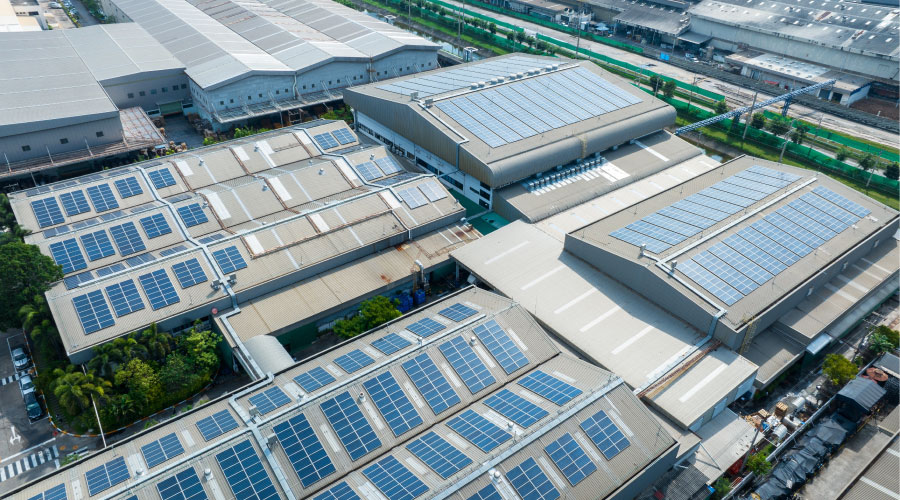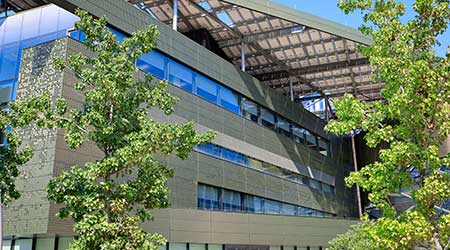Bond Issue Will Help Make Existing Poudre Schools More Energy Efficient
In total, this two-pronged approach has made Poudre one of the most efficient school districts in the state — spending on average 37 percent fewer dollars per year on energy expenses than other Colorado school districts, according to a study by Colorado State University. But far from resting on their laurels, Reeve and his colleagues understand their work is just beginning. The community wants to see results from its $120 million, which is intended to make the Poudre schools more energy efficient. And there certainly were some who weren't sure about a new bond issue for existing buildings, as the bond issue squeaked through by 1,500 votes out of more than 70,000 cast.
But Reeve says he's confident the community will be satisfied, and results from early projects are already rolling in — the Energy Star score for Blevins Middle School, built in 1968, improved from 50 to 79 after its remodel, for one. And there's no reason to believe results at other schools won't be just as dramatic. That's because Reeve and his colleagues — specifically, Pete Hall, director of facilities, and Mike Spearnak, director of planning, design, and construction — have worked together for more than 20 years, and know what it takes to do projects efficiently, cost-effectively, and with maximum positive results.
A Collaborative Effort
In 2007, PSD hired an independent consultant to do a facilities condition assessment of all 45 of its school facilities. That assessment showed the district needed a lot of work. "The assessment gave us a level of credibility with the community," says Hall, that the 850 projects, and $120 million weren't just "nice to haves," but were essential upgrades for both comfort and energy efficiency.
"Transparency is the key to showing the community they're getting their money's worth," says Reeve. "So we have to be as efficient as possible. We take a whole-building approach to each project. We examine the life-cycle cost impact."
All 850 projects and their cost are listed on the district's website, which also includes a monthly update of each project. Some of the projects are items like repaving parking lots, new access control, and fire/life safety equipment. The projects with energy efficiency angles range from total gut renovations, HVAC upgrades (like air handlers and fans), new windows, new roofs, and improvements to kitchen equipment. So the challenge is to balance the sheer number of projects with ensuring that they result in the best efficiency.
The process starts with the district's sustainability guidelines, which have been evolving for the better part of two decades. After the 2000 bond, the district built six schools — one of which, Fossil Ridge High School, earned LEED Silver in 2005. "All the schools were designed with our home-grown guidelines," says Spearnak. "But we wanted third-party verification, so we used LEED."
With a full slate of renovation projects, the mindset is the same as it was for construction. "All these projects come from our sustainable design guidelines," says Spearnak. "We have a pretty good idea how to do buildings efficiently."
Efficiency and maintainability top the list of criteria, says Reeve. To achieve those goals, the team tries to avoid like-for-like replacements.
Instead, PSD takes an integrated-design approach for renovations and equipment replacement. It's all the same steps as for new construction — getting all stakeholders at the table, energy modeling (often with help from the Fort Collins utility), considering design for efficient operations, and evaluating life-cycle cost. But with a renovation or equipment replacement, Reeve says there's a bit of head start in terms of knowing what will work. "With a remodel, we have more clues about how the building will perform," he says. "But we still treat these like new constructions projects."
Related Topics:














